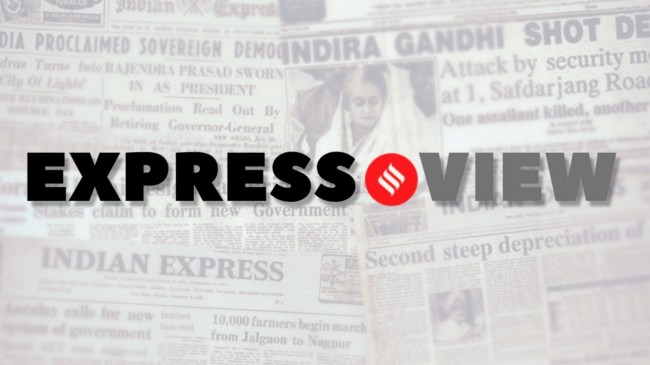Opinion Across parameters, the Indian banking system is passing the test
But possible areas of stress warrant closer monitoring
 In the recent past, one area of concern has been the sharp rise in household debt. Household debt was estimated to have surged from 36.6 per cent of GDP in June 2021 to 42.9 per cent as of June 2024
In the recent past, one area of concern has been the sharp rise in household debt. Household debt was estimated to have surged from 36.6 per cent of GDP in June 2021 to 42.9 per cent as of June 2024 The banking system in India is in sound financial health. Banks have over the years built up sufficient capital and liquidity buffers and their asset quality has been improving further. This has been detailed in the RBI’s latest Financial Stability Report. Gross NPAs (non-performing assets) have fallen to 2.3 per cent as of March 2025, down from 2.8 per cent the year before. Alongside, the capital position of banks has strengthened — the capital to risk-weighted assets ratio has risen to a high of 17.3 per cent as of March 2025 — and their provision coverage ratio also remains healthy.
In the recent past, one area of concern has been the sharp rise in household debt. Household debt was estimated to have surged from 36.6 per cent of GDP in June 2021 to 42.9 per cent as of June 2024. The latest report pegs it at 41.9 per cent in December 2024. In comparison, the ratio averaged around 33 per cent between 2015 and 2019. While the current levels of debt may well be lower when compared to other emerging market economies, it is concerning that households have been taking on more loans for consumption, and not investment purposes. In fact, non-housing retail loans have grown at a faster pace than housing, business and agricultural loans. These loans now account for 54.9 per cent of all household debt and 25.7 per cent of disposable income as of last year as per the report. Within retail credit, unsecured lending, which forms a quarter of retail loans, has seen weakness. As per the central bank, new slippages in this category account for a significant share of slippages in all retail loans, with the private banks appearing to fare worse. Public sector banks are also seeing possible signs of stress building up. Stress is also evident in the microfinance segment — loans 31-180 days past due have risen to 6.2 per cent. These areas warrant closer monitoring.
The banking system, however, remains well capitalised. The central bank routinely conducts stress tests to gauge the strength of banks. In the current uncertain global economic environment, these tests perform a critical function. The tests conducted by the RBI accounted for various adverse scenarios — from “heightened geopolitical risks and escalation of global financial market volatility” to “a synchronised sharp growth slowdown in key global economies”. They revealed that even if economic conditions take a turn for the worse, no bank would fall short of the regulatory minimum capital ratios. This is a welcome result.




